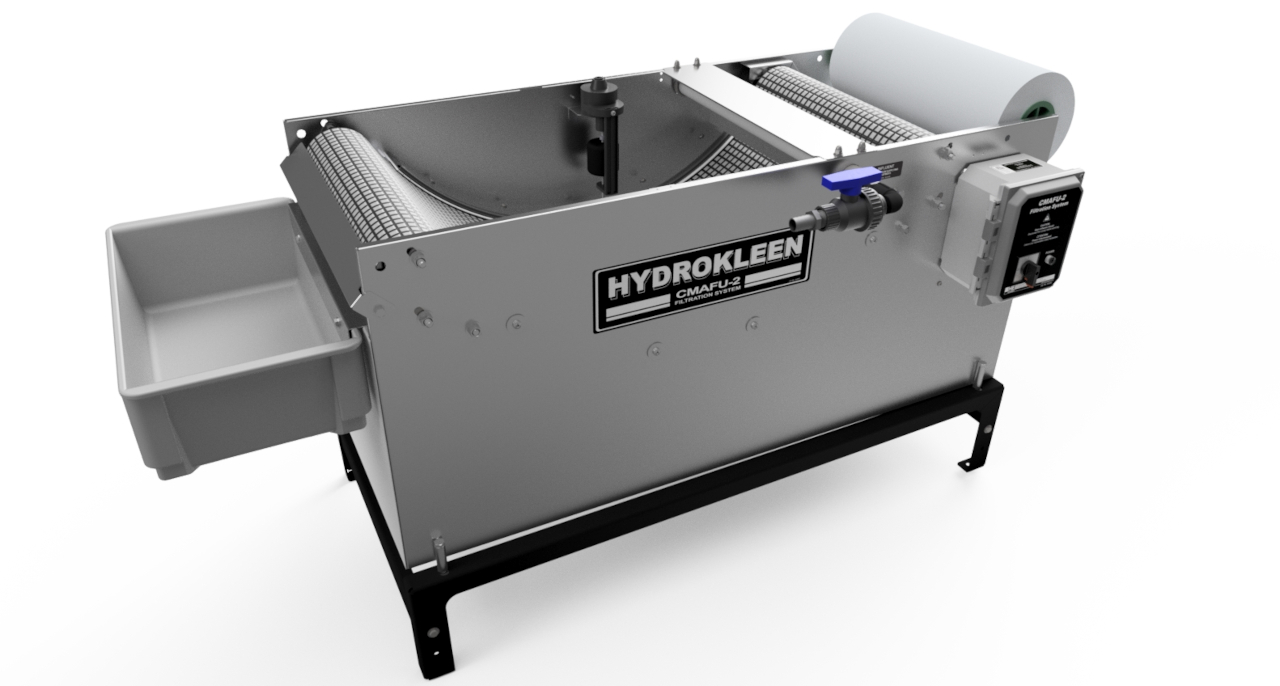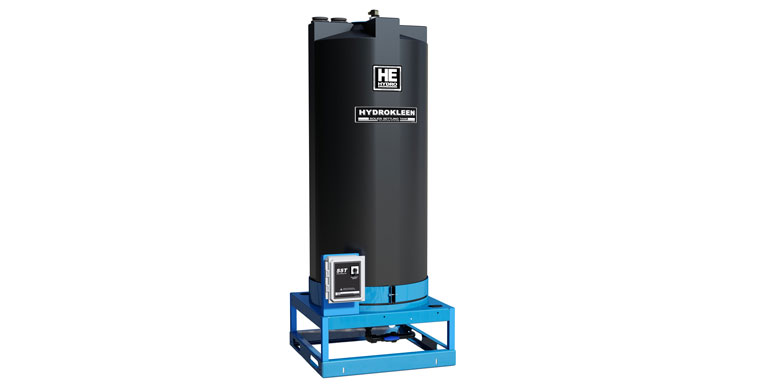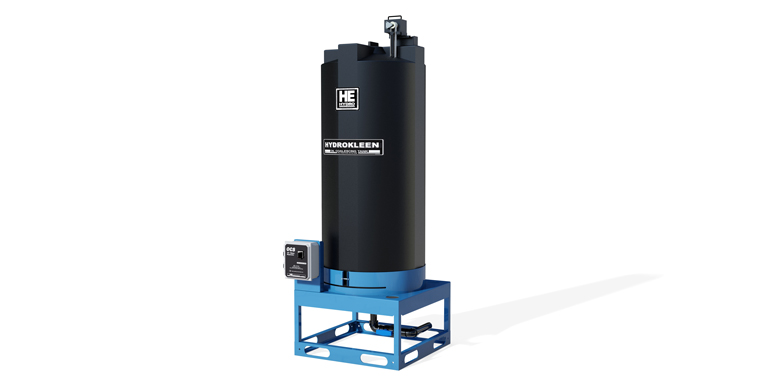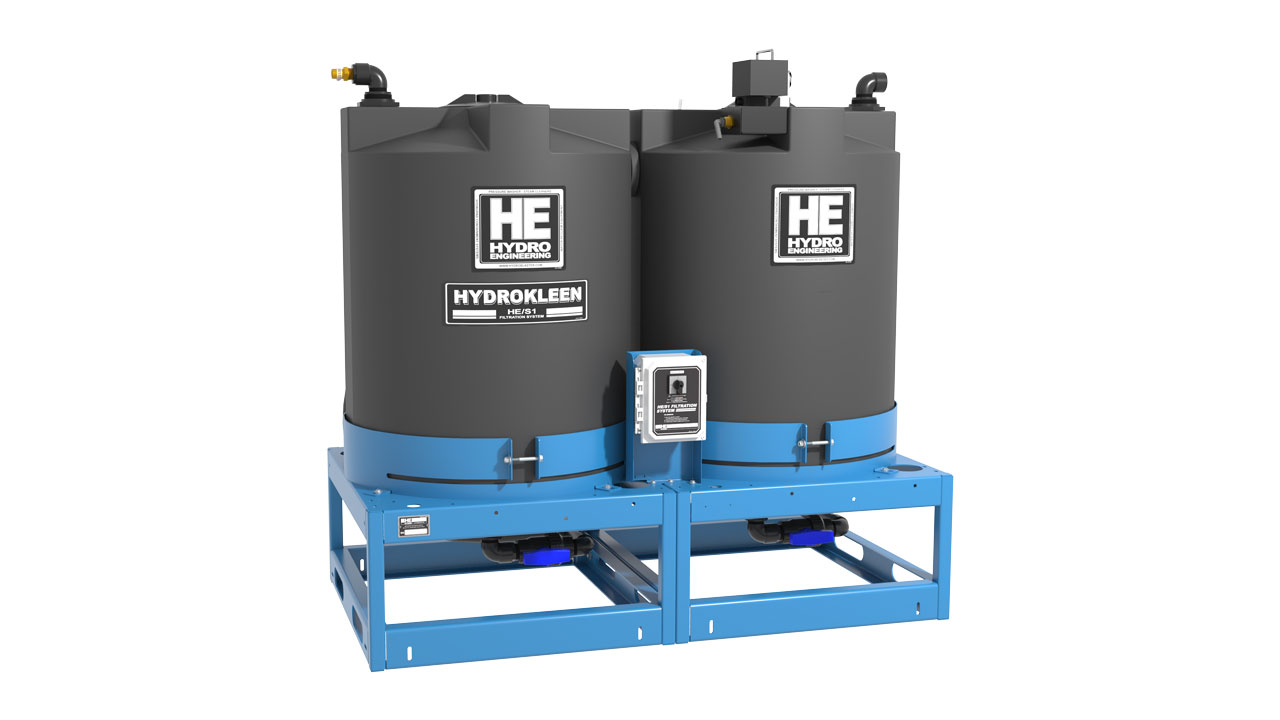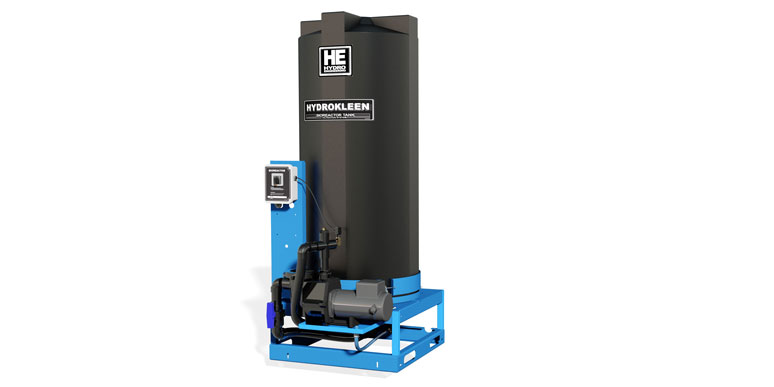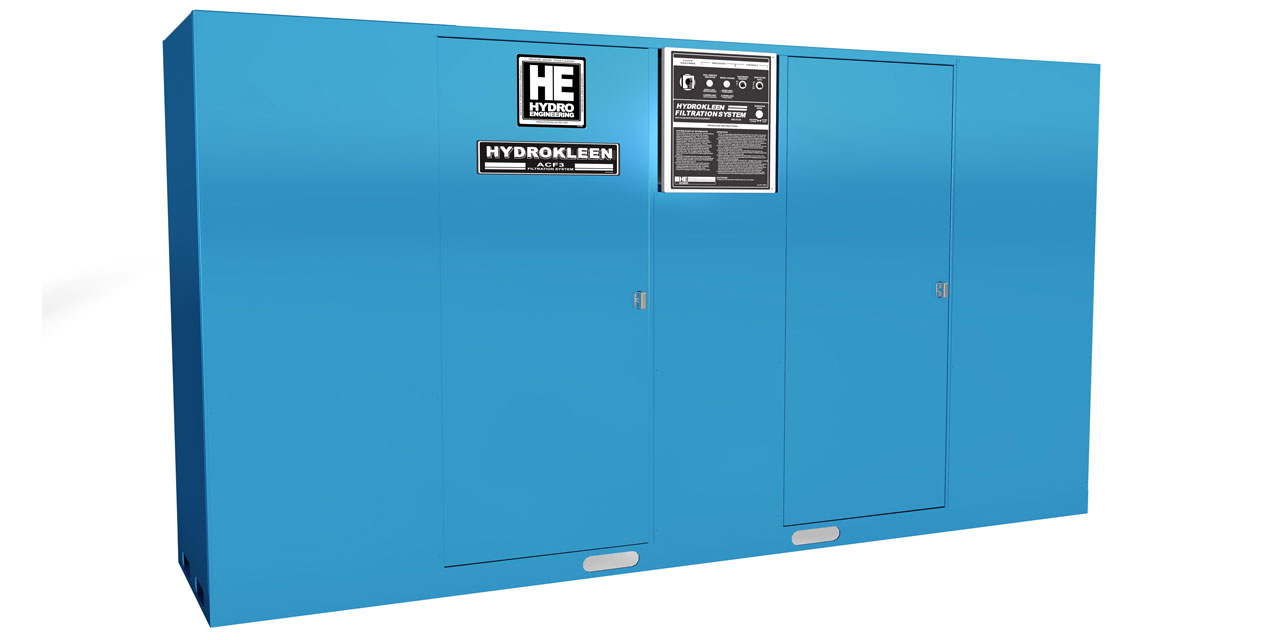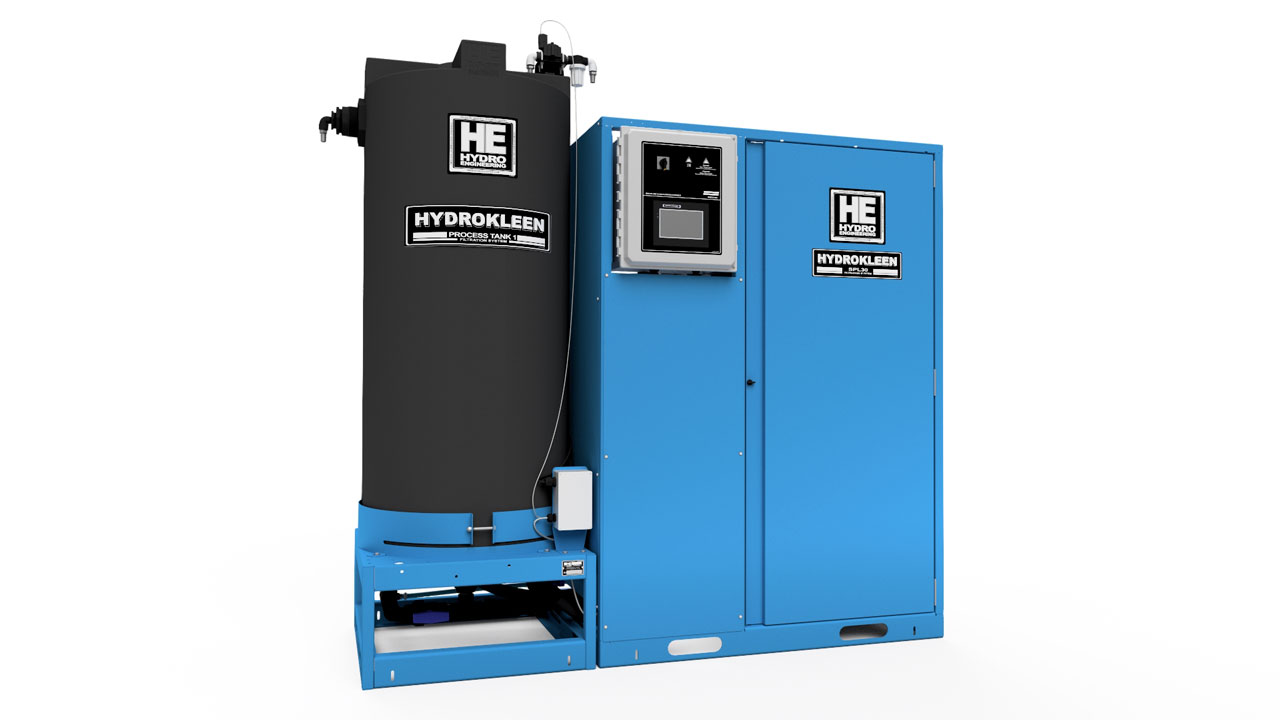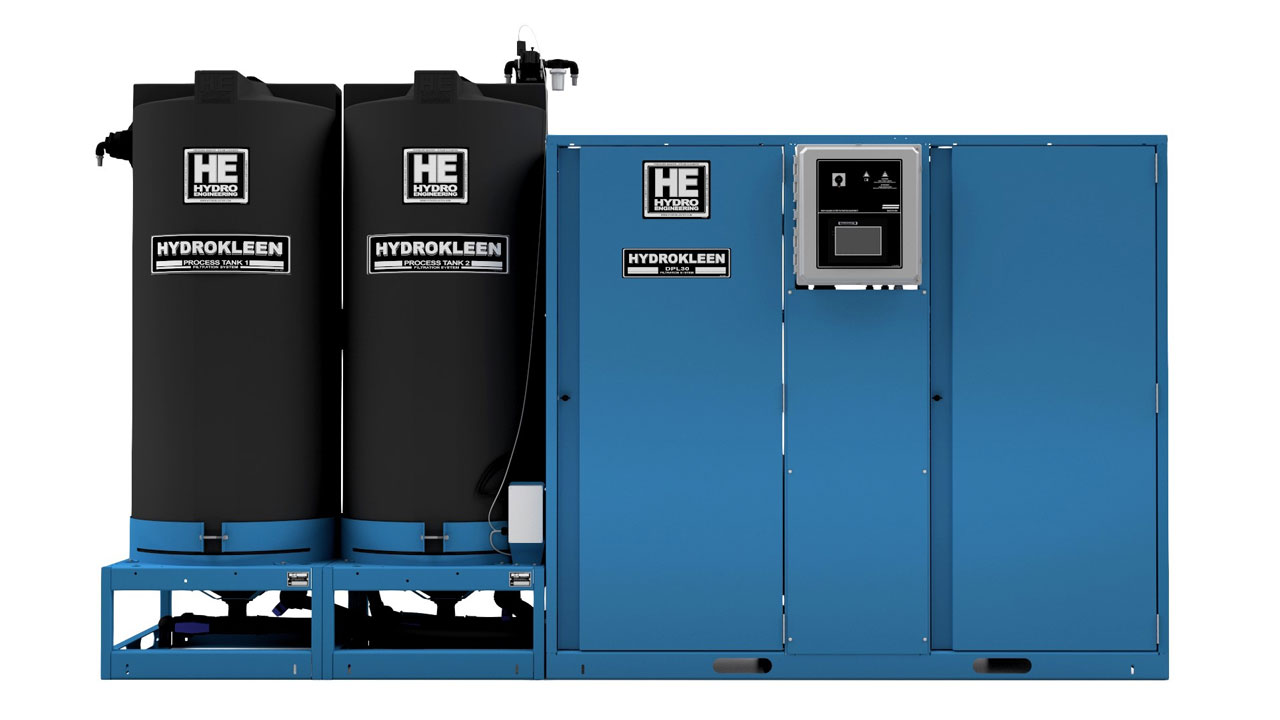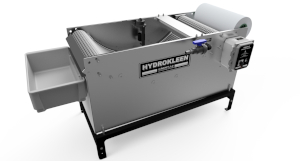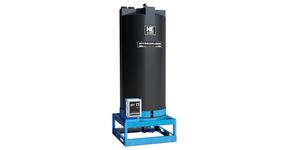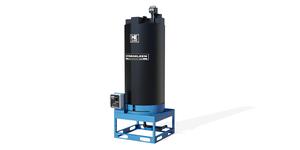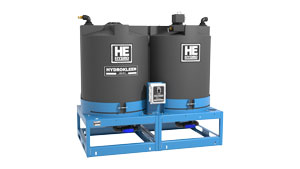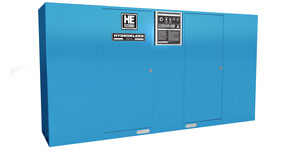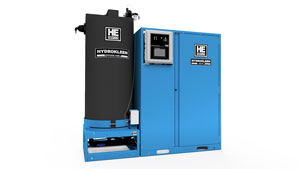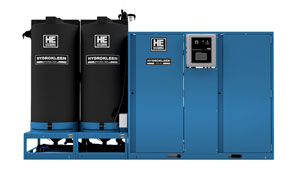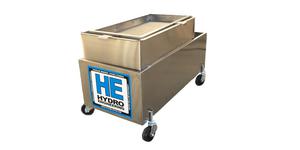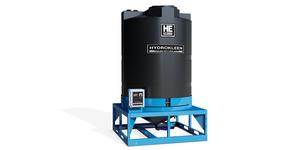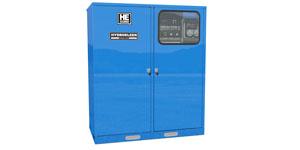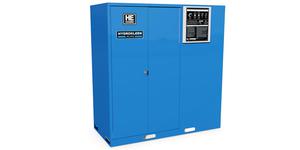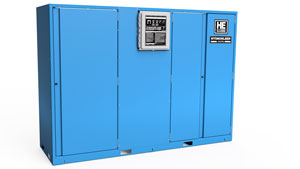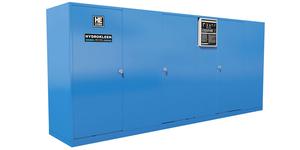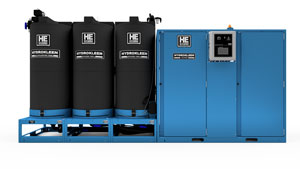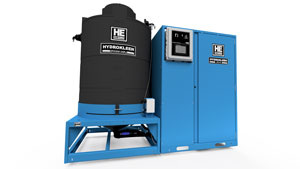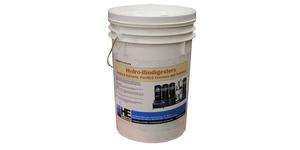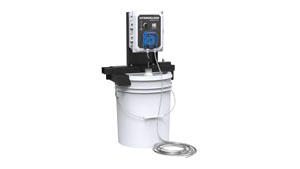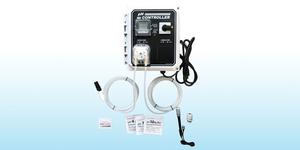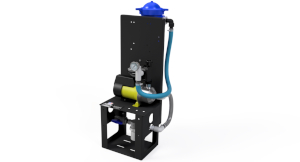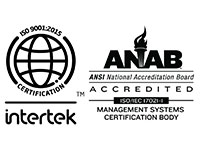Steps to Effective Wash Water Collection, Filtration, and Recycling
Step 1: Primary Solids Separation
The wash rack serves as the initial barrier to capture solids from wash water. Choose between portable or permanent options, ensuring ease of maintenance and high debris removal efficiency.
Step 2: Secondary Solids Removal
Remove any remaining solids not captured by the wash rack to optimize downstream performance.
- Automatic Gravity Filtration (CMAFU-2) – Continuous filtration for minimal disruption.
- Solids Settling Tank (SST) – Efficient passive separation via sedimentation.
Step 3: Free Oil Removal
Eliminate free-floating oils to prevent equipment fouling and maintain water clarity.
- Oil Coalescing and Skimming System (OCS) – Merges coalescing media and skimmers for optimal oil separation.
Step 4: Odor and Pathogen Elimination
Address odors and health risks by removing microbial contamination.
- Bioreactor – Uses microbial digestion to neutralize odor and eliminate harmful pathogens.
Step 5: Media Filtration and Recycling
Final filtration polishes the water for reuse or safe sewer discharge.
- Supports wash water reuse.
- Enables compliant discharge to municipal systems.
